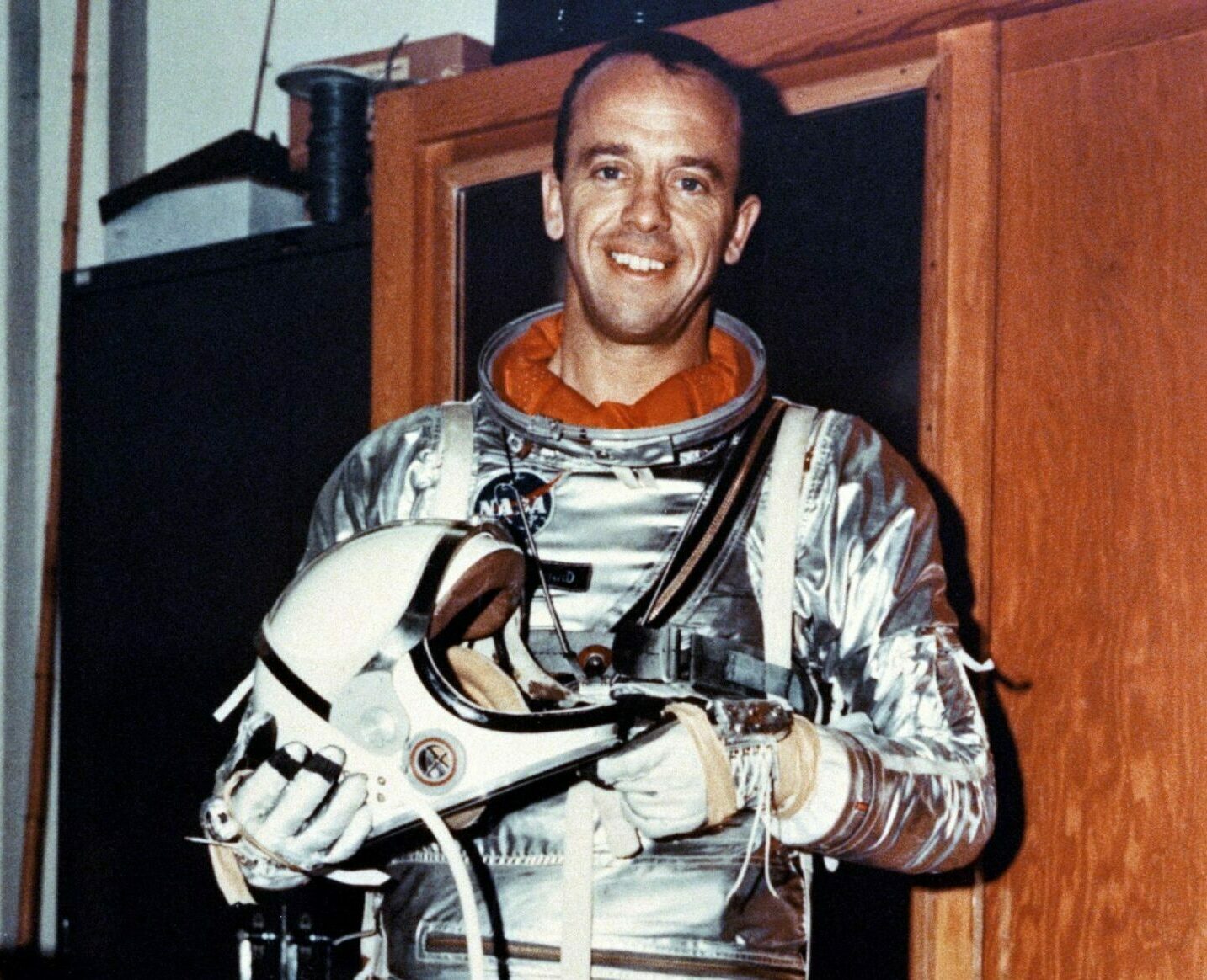Es conocido el resorte humano de pasar el problema a la siguiente instancia.
La siguiente anécdota cuenta la historia del origen de la frase Houston tenemos un problema.
Continúa…
Houston, tenemos un problema
Justo antes del lanzamiento del primer vuelo suborbital Alan Shepard emitió por radio por primera vez el mensaje de «Houston, tenemos un problema»: después de una hora y media metido en la cápsula pero sin poder despegar debido a un problema eléctrico Shepard se estaba meando.
‘Houston, tenemos un problema’
Houston,
capital del condado de Harris, ha crecido con rapidez a lo largo del
siglo XX, convirtiéndose en la cuarta ciudad más grande de los E.E.U.U.
y en la mayor de los estados del sur. La ciudad está levantada sobre
una zona plana, atravesada por cortos y lentos cursos de agua,
conocidos localmente como ‘bayous’. Sobre esta llanura se elevan de
modo espectacular los rascacielos del centro de negocios de la ciudad.
Houston es el principal centro financiero y comercial de Texas y del
sur de los Estados Unidos, y uno de los centros manufactureros más
activos del país. Situado junto a grandes yacimientos de petróleo y gas
natural, es el principal centro de la industria petrolera. Pero, sin
lugar a dudas, Houston es conocida por ser sede, desde 1963, de la NASA
(National Aeronautics and Space Administration), organización del
gobierno de Estados Unidos fundada en 1958 con la misión de planificar,
dirigir y manejar todas las actividades aeronáuticas y espaciales de
Estados Unidos. ¿Quién no recuerda la ya célebre frase de ‘Houston,
tenemos un problema’? Esta frase fue emitida por los miembros del
transbordador Apolo XIII en 1970, cuando sufrieron una serie de
problemas que pusieron en vilo a todo el país. Sin embargo, la nave
espacial consiguió regresar a la Tierra, cayendo en el océano Pacífico
cinco días después de su lanzamiento en Florida. Los tripulantes
pudieron salvar la vida. La misión lunar del Apolo XIII falló tras el
éxito de sus dos expediciones anteriores, el Apolo XI y el Apolo XII.
extraído de
Más info en https://en.wikipedia.org/wiki/Alan_Shepard
Astronaut career
Shepard was one of the Mercury astronauts named by NASA in April 1959 to Project Mercury,
and he holds the distinction of being the first American to journey
into space, as well as the only Mercury astronaut to walk on the Moon.
On May 5, 1961, in the Freedom 7 spacecraft, he was launched by a Redstone rocket on a ballistic trajectory suborbital flight—a flight which carried him to an altitude of 116 statute miles and to a landing point 302 statute miles down the Atlantic Missile Range. He was scheduled to pilot the Mercury-Atlas 10 Freedom 7-II, three day extended duration mission in October 1963. The MA-10 mission was cancelled on June 13, 1963. He was the back-up pilot for Gordon Cooper for the MA-9 mission.
Please, dear God, don’t let me fuck up.
—Alan Shepard, shortly before launch on Mercury 3/Freedom 7[1]
After the Mercury-Atlas 10 mission was cancelled in June 1963,
Shepard was designated as the command pilot of the first manned Gemini
mission. Thomas Stafford was picked as his co-pilot. But in early 1964, Shepard was diagnosed with Meniere’s disease,
a condition in which fluid pressure builds up in the inner ear. This
syndrome causes the semicircular canals and motion detectors to become
extremely sensitive, resulting in disorientation, dizziness, and
nausea. This condition caused him to be removed from flight status for
most of the 1960s (Virgil Grissom and John Young were assigned to Gemini 3 instead).
Also in 1963, he was designated Chief of the Astronaut Office with
responsibility for monitoring the coordination, scheduling, and control
of all activities involving NASA astronauts. This included monitoring
the development and implementation of effective training programs to
assure the flight readiness of available pilot/non-pilot personnel for
assignment to crew positions on manned space flights; furnishing pilot
evaluations applicable to the design, construction, and operations of
spacecraft systems and related equipment; and providing qualitative
scientific and engineering observations to facilitate overall mission
planning, formulation of feasible operational procedures, and selection
and conduct of specific experiments for each flight.
He was restored to full flight status in May 1969, following
corrective surgery (using a newly developed method) for Meniere’s
disease. He was originally assigned to command Apollo 13, but as it was felt he needed more time to train, he and his crewmates (lunar module pilot Edgar Mitchell and command module pilot Stuart Roosa) swapped missions with the then crew of Apollo 14 (James Lovell, Ken Mattingly (who was himself replaced by Jack Swigert shortly before the mission), and Fred Haise).
At age 47, and the oldest astronaut in the program, Shepard made his second space flight as commander of Apollo 14, January 31–February 9, 1971, man’s third successful lunar landing mission.
Shepard was a Rear Admiral when he retired from the Navy and the Astronaut Corps on August 1, 1974.
